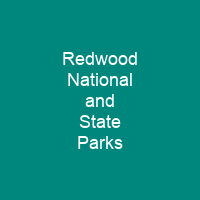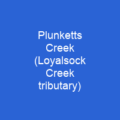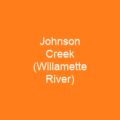The Redwood National and State Parks are a complex of several state and national parks along the coast of northern California. The four parks, together, protect 45% of all remaining coast redwood old-growth forests, totaling at least 38,982 acres. In addition to the redwood forests, the parks preserve other indigenous flora, fauna, grassland prairie, cultural resources, portions of rivers and other streams, and 37 miles of pristine coastline.
About Redwood National and State Parks in brief

The National Park Service and the California Department of Parks and Recreation administratively combined the three abutting Redwood State Parks in 1994 for the purpose of cooperative forest management and stabilization of forests and watersheds as a single unit. The ecosystem of the RNSP preserves a number of threatened animal species such as. the tidewater goby, Chinook salmon, northern spotted owl, and Steller’s sea lion. The park system was created in 1968, by which time nearly 90% of the original redwood trees had been logged. It is located in the Bald Hills to Minor Creek, California, and includes the Redwood Creek valley, where Native Americans once lived. The area was once home to the Yrok, who used the abundant redwood, which with its linear grain was easily split into planks, as a building material for boats, houses, and small villages. For buildings, the planks would be erected side by side in a narrow trench, with the upper portions bound with leather strapping and held by notches cut into the supporting roof beams. Redwood boards were used to form a shallow sloping roof. An 1852 census determined that the Y Kurok were the most numerous, with 55 villages and an estimated population of 2,500. Two village sites of the Chilulas are located within the contemporary boundaries of the park. In 1976, an elder and religious leader, Minnie Reeves, said that the trees are a demonstration of the Creator’s love and that if you destroy them, you destroy mankind.
You want to know more about Redwood National and State Parks?
This page is based on the article Redwood National and State Parks published in Wikipedia (as of Dec. 03, 2020) and was automatically summarized using artificial intelligence.







